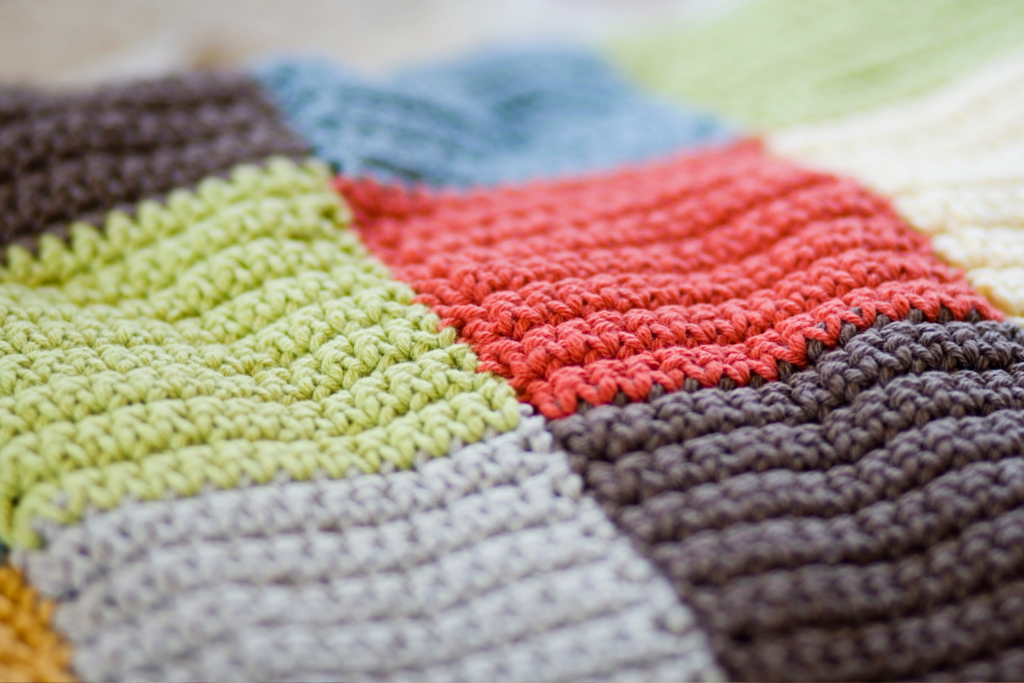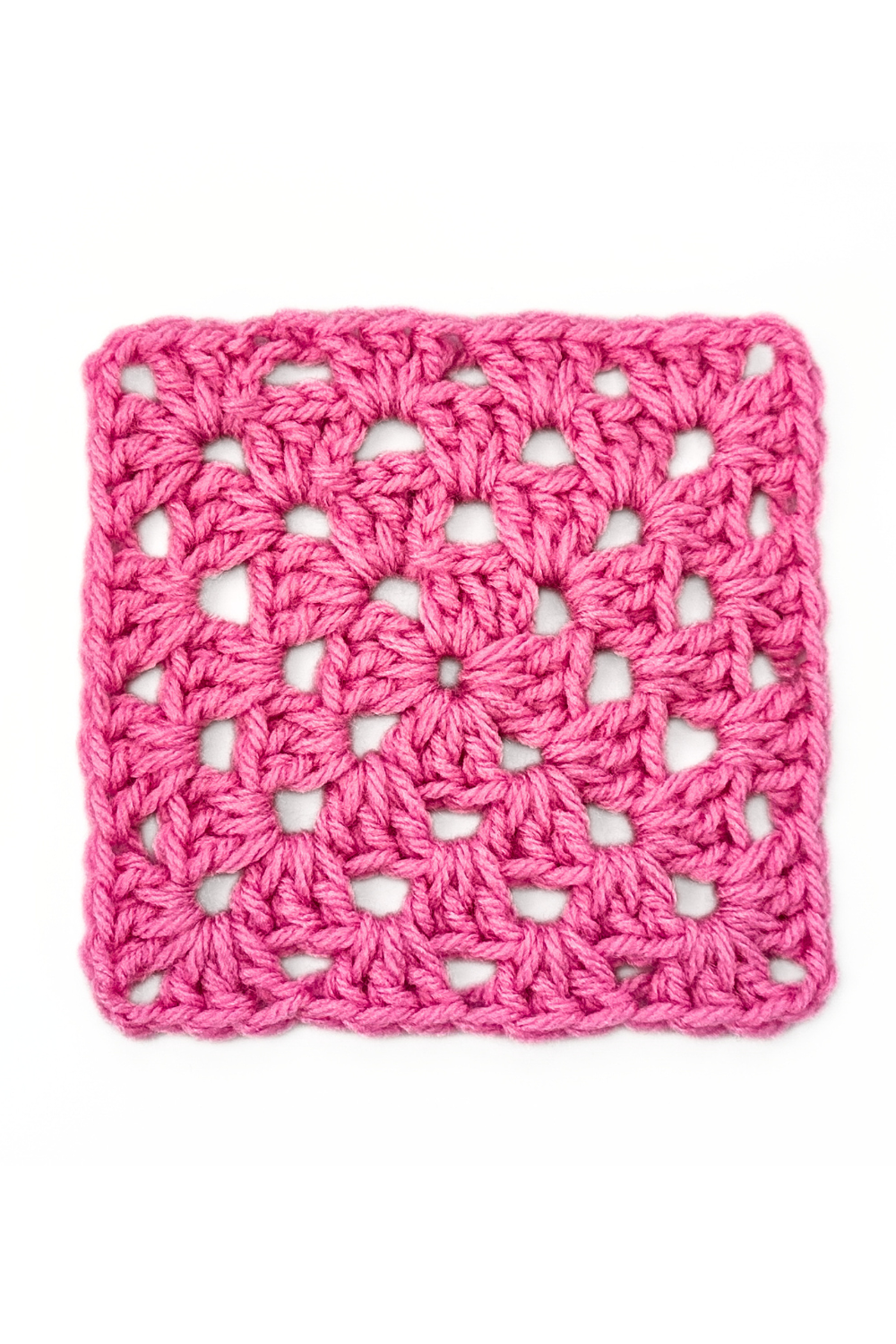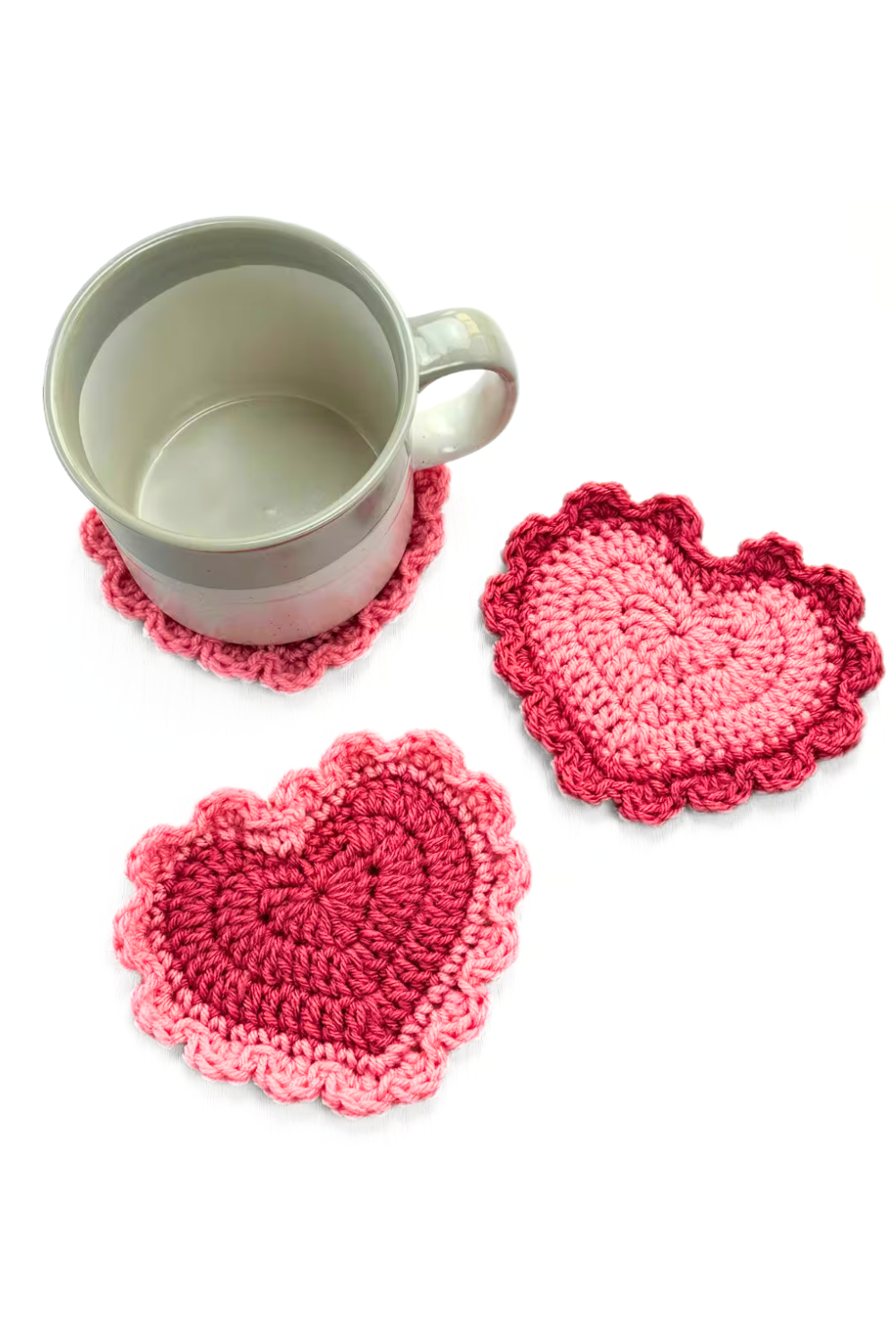If you’ve devoted time and energy into crafting a stunning crochet piece, the last thing you want is for it to diminish in size after laundering.
Yes, crochet can shrink when washed, depending on the type of fiber used, washing and drying methods, and the tension of the project. To prevent shrinkage, choose shrink-resistant fibers, follow proper washing and drying techniques, and adjust your crochet tension accordingly.
In this article, we’ll delve into whether crochet can shrink when washed, and the factors that affect this occurrence. Additionally, we’ll discuss how to avoid shrinkage and restore your contracted crochet projects.
Crochet Shrinking: Fiber Types
To comprehend if crochet shrinks when washed, we must examine the various fiber types utilized in crochet creations.
Natural Fibers
Natural fibers like cotton, wool, and silk originate from plant and animal sources. These fibers are more prone to shrinkage due to their innate characteristics. For instance, wool fibers possess microscopic scales that can interlock and contract when exposed to heat and agitation. Conversely, cotton may shrink due to the natural tension within its fibers.
Synthetic Fibers
Synthetic fibers such as acrylic, polyester, and nylon are man-made materials. These fibers generally resist shrinkage better than natural fibers, as they are specifically engineered to be durable and maintain their form. However, they can still contract if subjected to high heat or harsh washing techniques.
To learn more, check out our articles Is Acrylic or Cotton Yarn Better for Crochet? and Does It Matter What Yarn You Use for Crochet?.
What Causes Crochet to Shrink?
Numerous factors impact the shrinkage of crochet pieces.
Washing Techniques
The method and temperature used to wash your crochet pieces play a significant role in shrinkage. Hot water, forceful agitation, and abrasive detergents can cause natural fibers to shrink. Synthetic fibers can also be affected, albeit to a lesser degree.
Drying Methods
Drying your crochet pieces using high heat, like in a tumble dryer, can cause both natural and synthetic fibers to contract. Air drying or laying your crochet items flat to dry is generally a safer alternative.
Fiber Tension
The tension of the fibers in your crochet piece can also influence shrinkage. Items crocheted tightly may be more susceptible to contraction, as the fibers are already under stress.
How to Prevent Crochet Shrinking

To prevent your crochet creations from shrinking, consider the following:
Pre-Washing the Yarn
Pre-washing your yarn before beginning your project can help eliminate any excess dye and minimize the risk of contraction. This is particularly important for natural fibers.
Selecting the Right Fiber
Choosing a fiber less prone to shrinkage, such as synthetic fibers or shrink-resistant natural fibers, can help prevent unwanted alterations in your crochet creation.
Modifying Crochet Tension
If you’re working with a fiber susceptible to shrinkage, consider employing a looser crochet tension to allow for some contraction without distorting the final shape of your piece.
Appropriate Washing and Drying Techniques
Always adhere to the care instructions provided on the yarn label or by the manufacturer. Use gentle washing techniques, like cold water and mild detergent, to minimize contraction. Additionally, avoid using high heat when drying your crochet items; instead, opt for air drying or laying them flat to dry.
Fixing Shrunken Crochet Projects

If your crochet project has already contracted, don’t worry! There are a few methods you can try to restore its original size and shape.
Blocking Your Crochet Project
Blocking is a technique used to shape and set the dimensions of your crochet project, and it can be an effective way to fix minor shrinkage. Here’s how you can use blocking to restore the size and shape of your shrunken crochet item:
1. Prepare the Blocking Surface
Choose a flat, water-resistant surface on which to block your crochet project. Blocking boards, foam blocking mats, or even a clean, thick towel can be used as a suitable surface. Make sure the area is large enough to accommodate your crochet item when fully stretched.
2. Wet Your Crochet Project
Soak your shrunken crochet item in cold or lukewarm water. Gently swish it around to ensure that the fibers are fully saturated. Avoid using hot water, as it may cause further shrinkage, especially with natural fibers. After soaking, gently squeeze out excess water without wringing or twisting the fabric.
3. Gently Stretch and Shape Your Project
Lay your wet crochet project on the prepared blocking surface. Carefully stretch and shape the item, working from the center outwards, until it reaches the desired size and shape. Be cautious not to overstretch the fibers, as this can cause damage. Use rust-proof pins or blocking wires to hold the stretched crochet item in place, if necessary.
4. Allow Your Project to Dry
Once your crochet project is stretched and pinned to the desired dimensions, allow it to air dry completely. The drying process may take anywhere from several hours to a couple of days, depending on the thickness and type of fiber used. Be patient, and avoid exposing your project to direct sunlight or heat sources, as this may lead to uneven drying or further shrinkage.
5. Remove Pins and Store Your Project
When your crochet item is completely dry, gently remove the pins or blocking wires. Your project should now be restored to its original size and shape, or at least close to it. Store your crochet item carefully, following proper storage guidelines to maintain its shape and avoid future shrinkage.
Blocking may not fix extreme cases of shrinkage, but it can be an effective method for addressing minor size discrepancies in your crochet projects. Always follow the appropriate blocking techniques for the specific fiber type to achieve the best results.
Employing Steam
Another technique to fix contracted crochet projects is to use steam. Hold a steamer or an iron with a steam setting a few inches away from your project, and gently steam the fabric while slowly stretching it back into shape. Be cautious not to touch the iron directly to the crochet, as this can scorch the fibers, particularly with synthetic materials.
Conclusion
Crochet items can shrink when laundered, depending on the fiber type, washing and drying methods, and tension of the project. To avoid shrinkage, pre-wash the yarn, select shrink-resistant fibers, modify your crochet tension, and follow suitable washing and drying techniques. If your crochet project does contract, you can try softly stretching the fabric or using steam to restore its original size and shape.
FAQs
1. Is it safe to machine wash my crochet items?
Machine washing crochet items is possible, but it’s crucial to follow the care instructions on the yarn label or provided by the manufacturer. Use a gentle cycle, cold water, and mild detergent to minimize the risk of shrinkage.
2. How do I choose the best fiber for my crochet project?
Consider the intended use and care requirements of your project. Synthetic fibers and shrink-resistant natural fibers are better for items that may need frequent washing or exposure to heat, while delicate natural fibers are suitable for heirloom projects or special occasions.
3. How do I know if my crochet project has shrunk too much to be fixed?
If your crochet project has become extremely tight, rigid, or felted, it may be too damaged to restore its original size and shape. However, it’s always worth trying gentle stretching or steam methods to see if you can salvage your work.
4. Why did my crochet project shrink even though I used synthetic fibers?
While synthetic fibers are generally more resistant to shrinkage, they can still contract if exposed to high heat or harsh washing methods. Always follow the care instructions provided by the manufacturer to keep your crochet items looking their best.
-
Garden Fairy Crop Top FREE Crochet Pattern
Want the full AD-Free, printable PDF version of this pattern? Click here to get it on Etsy The Garden Fairy Top is a fantastical and…
-
Easy Crochet Granny Square Pattern + Video Tutorial
Mastering the crochet granny square is a great way to build your crochet skills while creating a timeless design that’s perfect for a wide variety…
-
Easy Crochet Heart Coaster FREE Pattern
Add a sweet touch to your home decor with this Easy Crochet Heart Coaster pattern! Perfect for Valentine’s Day or any time you want to…


